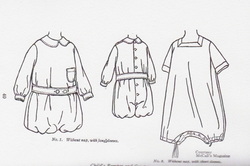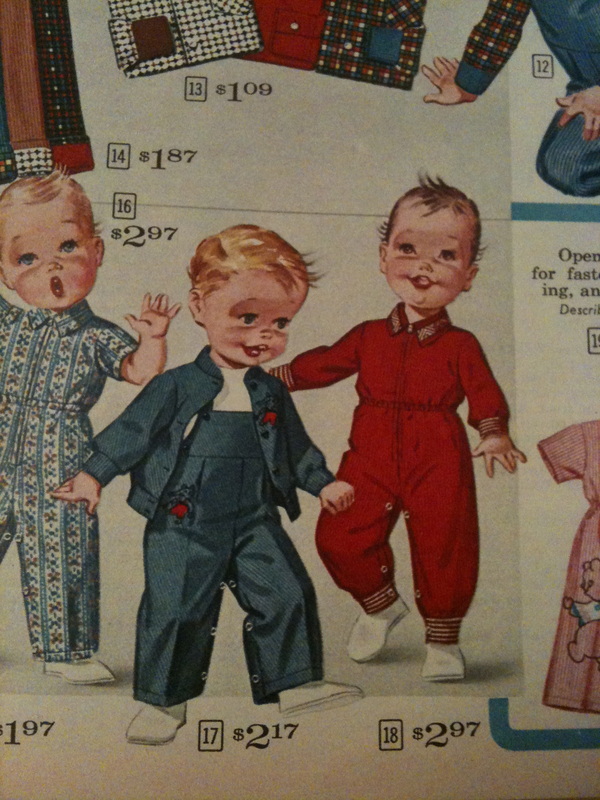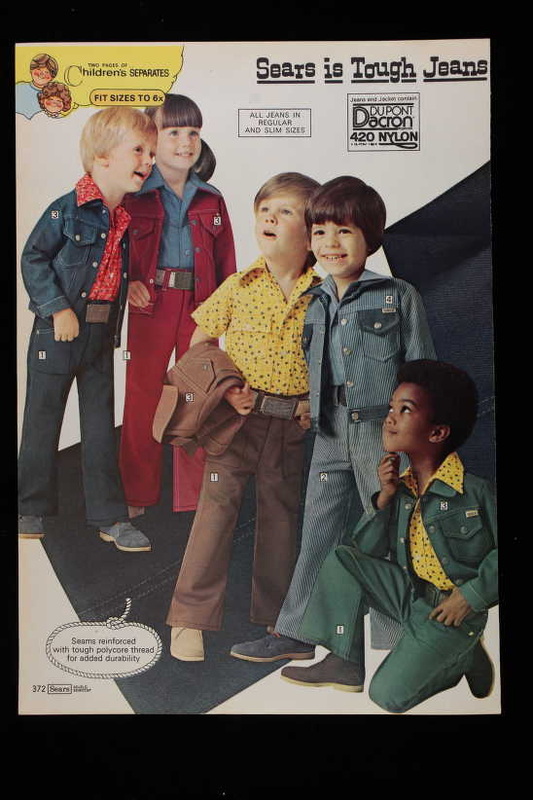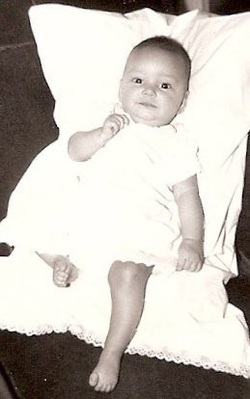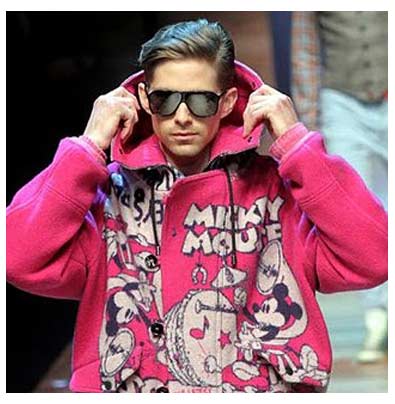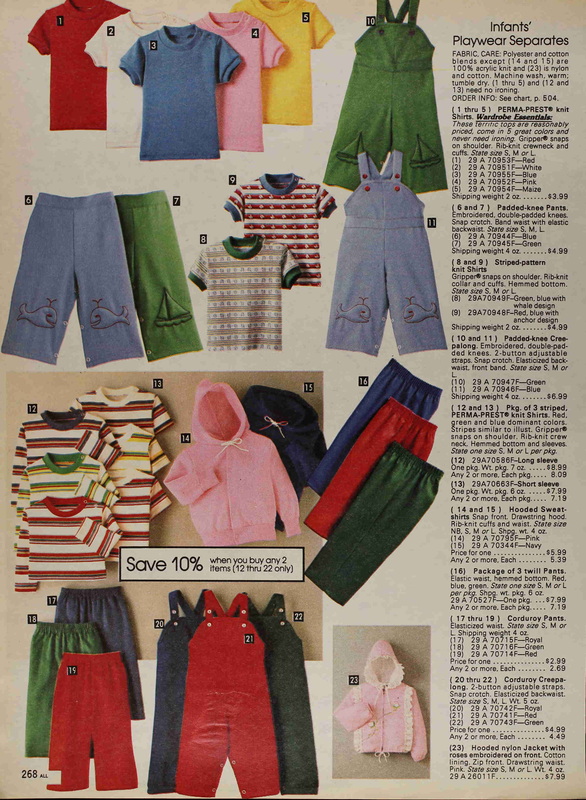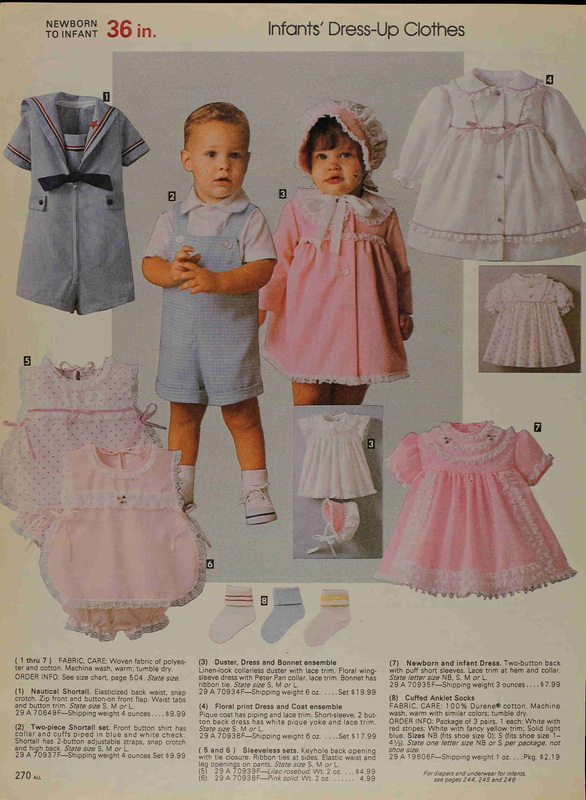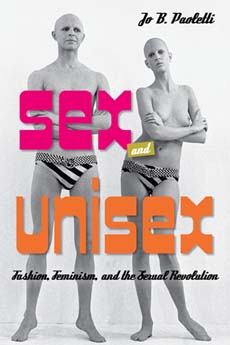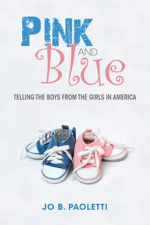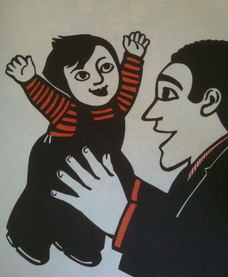
Here's a quick summary:
A baby is born to two parents who have agreed to keep its sex a secret, as part of a huge, very expensive scientific experiment. They are given a thick handbook to help them navigate future problems, from how to play with X to dealing with boys' and girls' bathrooms at school.
While other adults react with hostility, X's schoolmates eventually start imitating its freedom in dress and play. Finally, the PTA demands that X be examined, physically and mentally, by a team of experts.
And if X turned out to be some kind of mixed-up misfit, then X must be Xpelled from school. Immediately! And a new rule must be passed, so that no little Xes would ever come to school again.
Ah, the 70s! Between this story, Harry Nilsson's "The Point" and "Free to be You and Me", the future looked so clear and bright. What happened? I will be taking a close look at the vision in each over the next week and discussing here, but would love to hear your memories and reactions.
